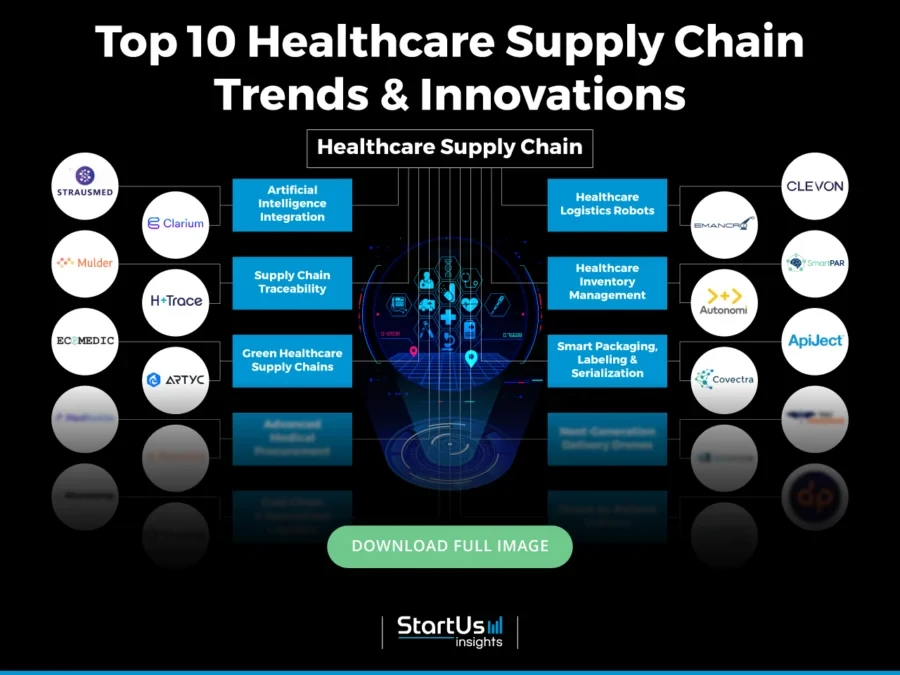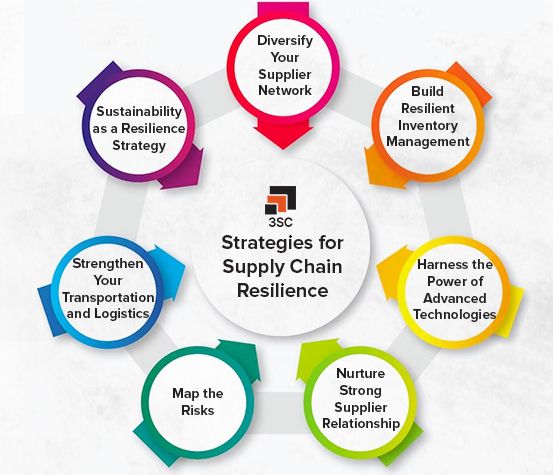Top 10 Supply Chain Strategies for 2025
Supply chain management is an integral part of any business, especially in the fast-paced world of technology. As we look ahead to 2025, it’s crucial for companies to stay ahead of the curve by implementing innovative strategies to optimize their supply chains. Here are the top 10 supply chain strategies that will shape the future of the industry:
1. Embracing Digitalization
In 2025, digitalization is no longer an option – it’s a necessity. Companies that embrace digital technologies such as AI, IoT, and blockchain will have a competitive advantage in the supply chain space. These technologies can streamline processes, improve transparency, and drive efficiency throughout the supply chain.
2. Implementing Predictive Analytics
Predictive analytics allows companies to forecast demand, optimize inventory levels, and anticipate potential disruptions in the supply chain. By leveraging data and analytics, companies can make informed decisions that drive better outcomes and improve overall performance.
3. Collaborating with Partners
Collaboration is key in supply chain management. By building strong relationships with suppliers, distributors, and other partners, companies can improve visibility, mitigate risks, and drive innovation. Collaborative initiatives like joint planning and forecasting can lead to better coordination and synchronization across the supply chain.
4. Investing in Sustainability
Sustainability is a growing concern for consumers and regulators alike. In 2025, companies that prioritize sustainability in their supply chains will attract more customers and build brand loyalty. Embracing eco-friendly practices, reducing waste, and optimizing transportation routes are just a few ways companies can become more sustainable.
5. Enhancing Supply Chain Visibility
Visibility is crucial for effective supply chain management. Companies that have real-time insights into their supply chains can make proactive decisions, quickly respond to disruptions, and optimize operations. Implementing technologies like RFID, GPS tracking, and cloud-based platforms can improve visibility from end to end.
6. Automating Manual Processes
Automation is revolutionizing the supply chain industry. By automating manual processes such as order processing, inventory management, and warehouse operations, companies can reduce costs, improve accuracy, and increase efficiency. Robotic process automation (RPA) and autonomous vehicles are just a couple of examples of automation technologies companies can leverage.
7. Adopting Agile Supply Chain Practices
Agility is essential in today’s fast-paced business environment. By adopting agile supply chain practices, companies can quickly adapt to changing market conditions, customer demands, and disruptions. Agile methodologies like Kanban, lean manufacturing, and just-in-time inventory management can help companies become more flexible and responsive.
8. Implementing Demand-Driven Strategies
Supply chain management is no longer just about pushing products out the door – it’s about meeting customer demand in real-time. By implementing demand-driven strategies like demand sensing, shaping, and orchestration, companies can better align supply with demand, reduce lead times, and improve customer satisfaction.
9. Leveraging 3D Printing and Additive Manufacturing
3D printing and additive manufacturing are revolutionizing the way products are designed, prototyped, and manufactured. By leveraging these technologies, companies can reduce lead times, lower costs, and customize products to meet specific customer needs. In 2025, 3D printing and additive manufacturing will play a significant role in supply chain innovation.
10. Prioritizing Talent Development
As supply chain management becomes increasingly complex, companies must prioritize talent development to stay ahead of the curve. By investing in training, education, and skills development for supply chain professionals, companies can build a strong workforce that can drive innovation, execute strategies, and overcome challenges. Talent development will be a key differentiator for companies in 2025.
As we look ahead to 2025, the supply chain landscape is evolving rapidly. Companies that embrace digitalization, implement predictive analytics, collaborate with partners, and prioritize sustainability will have a competitive edge in the market. By adopting these top 10 supply chain strategies, companies can optimize their operations, drive innovation, and deliver value to customers in the years to come.


